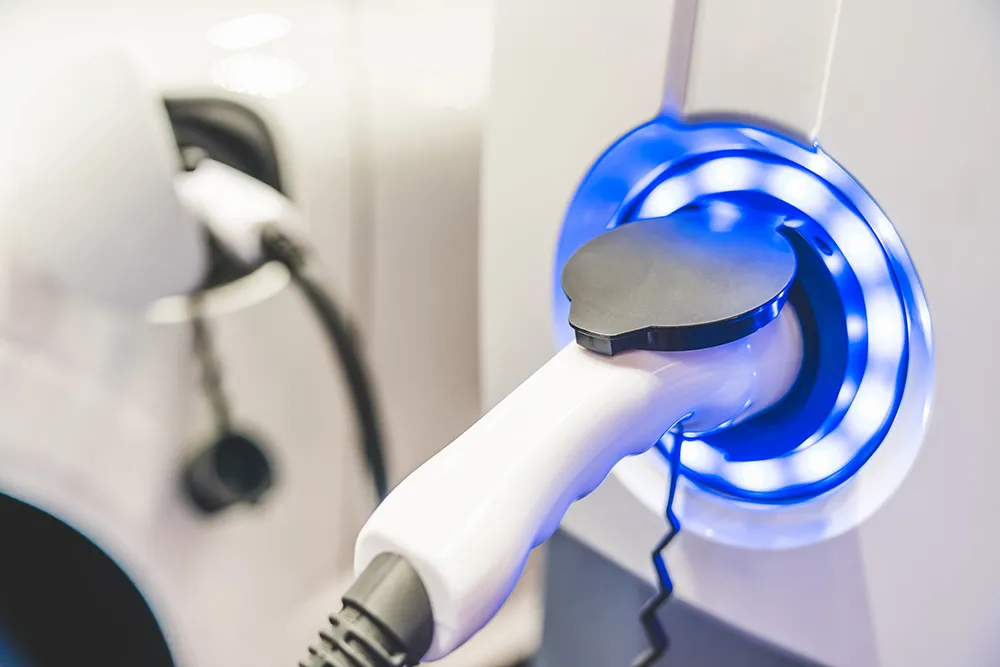Independent automotive engineering and testing organisation HORIBA
Developed in response to increased scrutiny around tailpipe emissions, as well as new legislation requiring extensive and increasingly complex testing methodologies, the AETC facilities will provide testing capabilities for global compliance, This includes Euro 6d Worldwide Harmonised Light Vehicles Test Procedure (WLTP), as well as incorporating Real World Driving Emissions (RDE) testing capabilities.
Located at HORIBA MIRA's headquarters in the UK, the facility is centred around a four-wheel drive (4WD) climatic chassis dynamometer and includes three individual climatic soak rooms and an ambient soak room. The combination of the 4WD dynamometer, range of climatic conditions and state-of-the-art HORIBA emissions systems will allow the determination of exhaust pollutants over a range of climatic conditions, from temperatures of -20°C to 35°C.
Engineers at the facility will work closely with vehicle manufacturers, offering the full gamut of emissions testing which comply with current and foreseen future emissions regulations, including additional type approval for RDE.
HORIBA MIRA opens new advanced emissions test centre
Independent automotive engineering and testing organisation HORIBA MIRA has expanded its test and engineering capabilities following the official launch of its dedicated Advanced Emissions Test Centre (AETC).
July 7, 2017
Read time: 1 min








